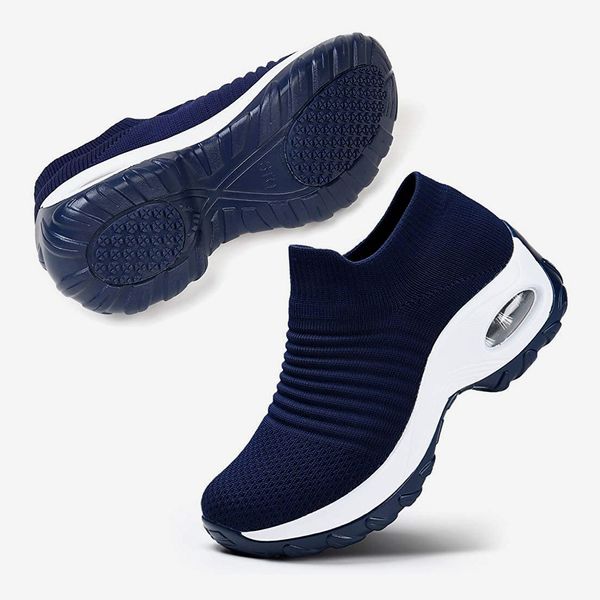
There are many personal coaching certifications. There are many personal training certifications available. But which one is best? Below are some of the most popular and well-recognized. ISSA-CPT and ACE all have high-quality certifications. These certifications are available for those who don't know which one is right. Listed below are the benefits of each certification.
ISSA-CPT Certification
ISSA-CPT is a widely recognized and accepted certification for personal trainers. Its training program focuses on behavior change and custom training programs. The certification emphasizes the four phases of health and the use of result-based training methodologies. It covers nutrition and weight management as well advanced instruction in resistance and aerobic training. The entire program can be accessed online.

ACE Certification
The ACE's personal training certification program is a solid choice for anyone interested in a career working in health and fitness. The three-hour certification exam consists of 150 multiple choice questions. These questions comprise approximately 125 and 25 questions that are not scored. This allows the examinees more time to practice their skills. The ACE certification focuses on personal training and the application of scientific principles to nutrition.
NSCA certificate
The NSCA Personal Training Certification is a nationally recognized credential. It is a must to have for any personal trainer. This certification program covers nutrition assessment, exercise techniques, special populations planning, as well as fitness assessment. You must pass the exam within 120 days after completing the program. You can take this exam at one of many testing centers located in the United States, as well as 20 other countries. This exam covers all aspects of fitness and well-being. This certification can be used to start your own personal trainer business or a fitness studio.
NFPT certification
One of the most prestigious and respected personal training certifications is NFPT. The course covers many important areas including exercise physiology, health screening, and exercise physiology. These are just a few of the topics covered by the exam. Online and classroom formats are both available for the NFPT certificate. This certification is the most desired by personal trainers. The course has a low cost and a flexible repayment schedule.

ACSM Certification
ACSM certified personal trainers can be qualified for many reasons. These certifications are: Personal training is a complex field that requires knowledge in science and exercise. It takes approximately two hours to pass. If you're unable to locate one locally, you should purchase an ACSM certification manual from Amazon. The ACSM CPT exam covers all important topics related to nutrition, including the recommended daily intake for various body types and diseases.
FAQ
Why is physical activity important?
Our health is dependent on our physical fitness. Exercise is important to maintain your weight, strength and flexibility as well our cardiovascular system. Exercise also helps us sleep better at night, reduces stress, improves self-esteem, and increases energy levels throughout the day.
How Can I Get Started With Fitness?
Start small. You can start by taking 10 minutes each week to walk around the block. This will give you basic movement patterns and give your muscles time to adapt to the new routine. You can then add more steps into your daily exercise routine once you have learned this simple form.
What if I am exercising and want to eat?
Yes. You can eat what you like while you work out. Choose low-calorie snacks like watermelon. These foods have nutrients that can help you perform better in your workouts.
What does Nutrition do for Your Body?
Your body can function properly if you get the proper nutrition. It is important to eat a balanced diet, rich in fruits and veggies, lean proteins, whole grain, and healthy fats.
Do I need to warm up before exercising?
Warming up before a sport can help reduce muscle soreness and increase performance. Warming up can take many forms, including walking, running or jumping rope, stretching, or cycling. You can start slowly and increase your intensity gradually.
Statistics
- Globally, 81% of adolescents aged 11-17 years were insufficiently physically active in 2016. (who.int)
- Globally, 28% of adults aged 18 and over were not active enough in 2016 (men 23% and women 32%). (who.int)
- In 2018, the World Health Assembly agreed on a global target to reduce physical inactivity by 15% by 2030 and align with the Sustainable Development Goals. (who.int)
- Physical activity confers the following maternal and fetal health benefits: a decreased risk of pre-eclampsia, gestational hypertension, gestational diabetes (for example, 30% reduction in risk) (who.int)
External Links
How To
How to burn belly fat faster
Belly Fat is often considered a problem for those who want to lose weight. But if you think about it, Belly Fat is actually a good thing. Your organs will be protected by the amount of belly fat. Let's now see how to quickly lose belly fat.
The main factors that contribute to our body fat accumulation are stress and inactivity. Because of its stimulation of the production hormone cortisol, stress can make us feel hungry continuously. Cortisol increases insulin levels in our blood. Insulin then stores excess calories as fat. An increased appetite can be caused by a lack of sleep. These extra calories can be broken down by exercising.
There are many ways to reduce belly fat. You can choose to try any of these options, depending on your budget. Here are some quick tips to get rid of belly weight.
-
Reduce your food intake. Instead of eating three large meals a day, eat smaller meals. This will help you consume less calories.
-
Drink plenty of fluids. Water flushes out toxins and keeps you hydrated. Water before each meal can help you feel fuller longer and reduce your appetite so that you don't overeat.
-
Avoid snack foods that are unhealthy. If you're looking for quick fixes, snack foods like chips, cookies, candies, etc. Although tempting, they can be very unhealthy. These fattening treats are best avoided as they have too many empty calories and sugar. Instead, choose healthy alternatives like fruits, veggies, nuts, seeds, and whole grains.
-
Strength training should be performed at least 3 times per week. Strength training builds muscle mass and burns more calories when you're not working out. Strength training strengthens bones, muscles and ligaments. It can also improve the heart, lungs, joints, and other body systems.
-
Walk or stretch regularly. Stretching increases flexibility and mobility. It also reduces back pain. Walking is a great way of burning calories, especially when you do it for just 30 minutes.
-
Reduce alcohol intake. Your diet is empty of calories, and alcohol has no nutritional content.
-
You can lose weight slowly. Finding out your current weight is the first step in losing weight. Calculate your ideal weight by adding approximately 5% to 10% of the total weight. Once you have calculated your target weight, start reducing calorie consumption by 500-1000 calories daily until you reach your goal.
-
Avoid processed foods. These foods contain high levels of sugar, salt, and preservatives. Even though they can be very convenient, these foods lack sufficient nutrients to support your health.
-
Don't skip breakfast! Eating breakfast improves concentration, memory, and energy level. Breakfast should contain protein (like eggs), fibre (like oats), as well as complex carbohydrates (like oatmeal).
-
Have regular bowel movements. Gas and bloating can result from irregular bowel movements. This can be prevented by drinking plenty of water and increasing fiber intake.